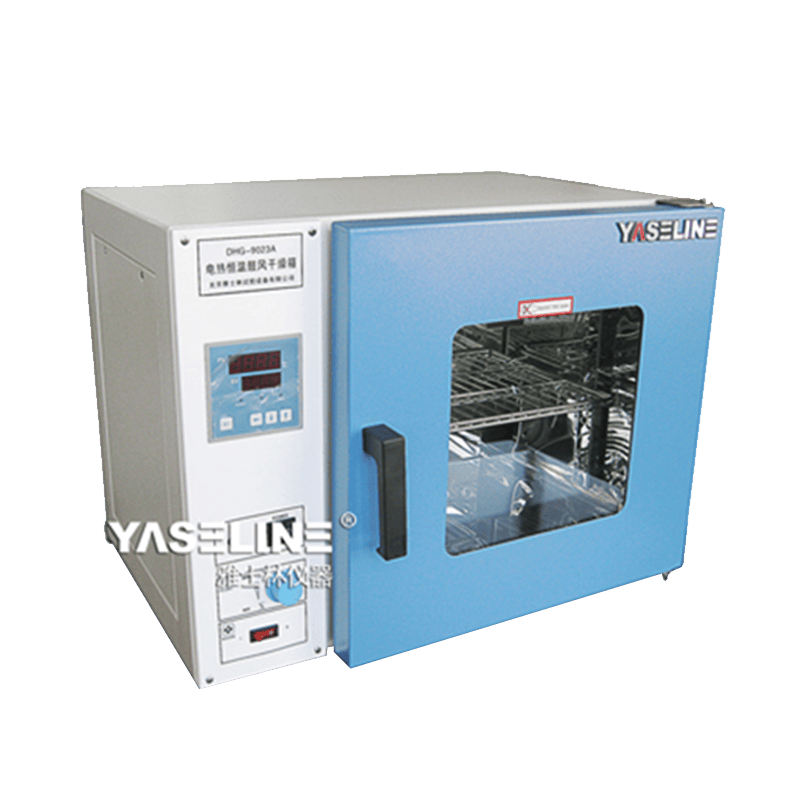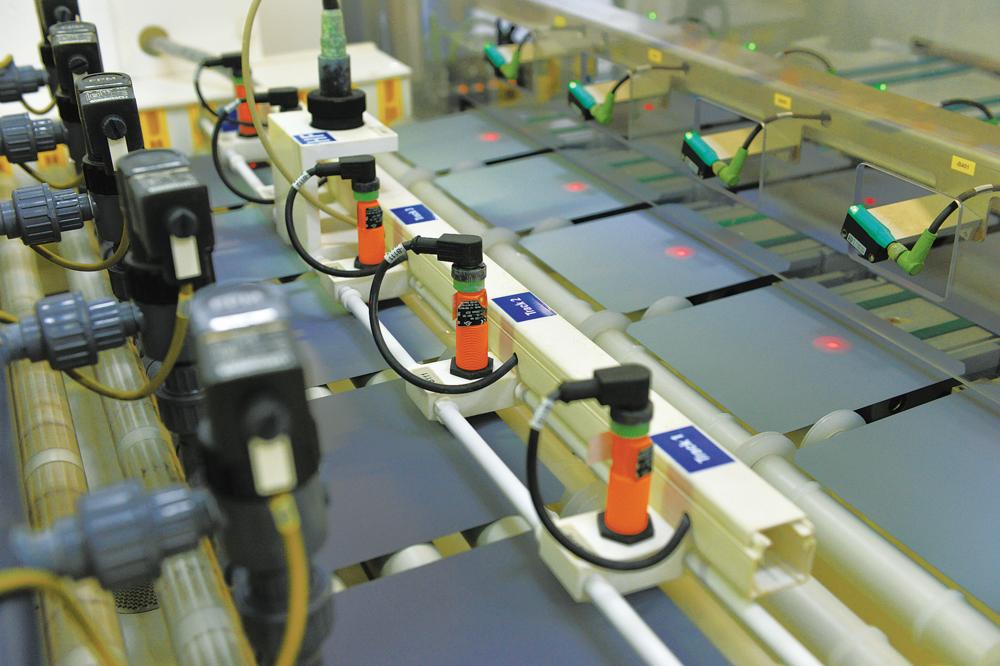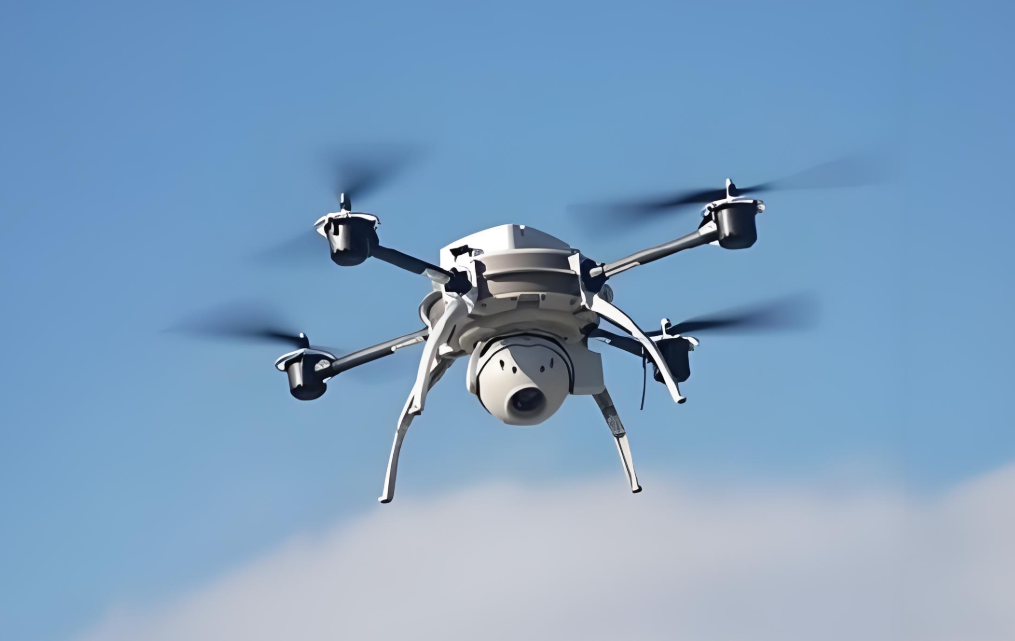Forced air drying ovens are of significant importance in food processing. They are devices used to rapidly remove moisture from food products. During food processing, proper control and removal of moisture are crucial for maintaining food quality, shelf life, and texture. By regulating temperature and airflow, forced air drying ovens effectively evaporate moisture from food, achieving drying and preservation.
Below are the importance and roles of forced air drying ovens in food processing:
-
Extend Food Shelf Life:
Moisture in food is a key factor in microbial growth and enzyme activity. By removing moisture, the rate of microbial growth can be reduced, thereby extending the shelf life of food and lowering the risk of spoilage and deterioration. -
Preserve Food Quality:
Foods with excessive moisture content are prone to spoilage, losing their texture and flavor. Forced air drying ovens help eliminate excess moisture, maintaining the texture, taste, and mouthfeel of food.

-
Reduce Weight and Volume:
Moisture in food often contributes to its weight and volume. Drying can reduce the weight and volume of food, thereby lowering costs associated with transportation, storage, and packaging. -
Produce Dried Foods:
Drying ovens can be used to produce various dried foods, such as dried fruits, vegetable chips, and dried meat products. These foods, due to their low moisture content, can be stored for longer periods and are convenient as portable snacks. -
Retain Nutritional Value:
Proper drying processes can maximize the retention of food nutrients, such as vitamins and minerals, which is particularly important in food processing. -
Improve Production Efficiency:
Forced air drying ovens can remove moisture from food in a relatively short time, speeding up the food processing cycle and enhancing production efficiency.
It is important to note that different types of food may require varying drying conditions, including temperature, airflow rate, and duration. Therefore, when using forced air drying ovens for food processing, appropriate adjustments and controls must be made based on the specific type of food and its requirements. Additionally, ensuring hygiene and safety during the drying process is critical.














